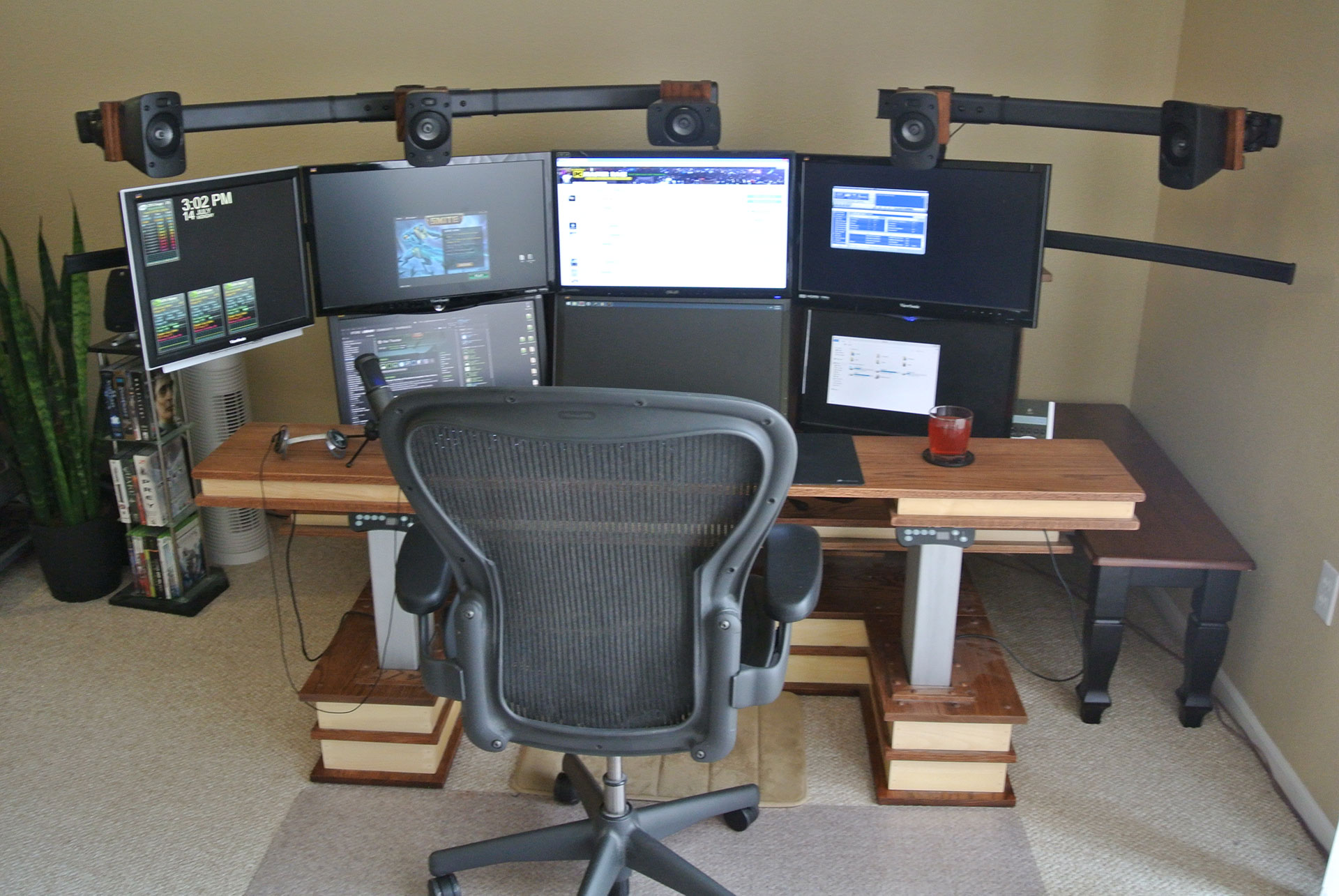

Since the system process holds the store in memory, its working set grows larger exactly when memory is being made available for other processes. The compression store lives in the System process’s working set. This also helps provide better responsiveness across Windows 10.
Cpu and memory monitor in windows 8.1 windows 10#
This reduces the amount of memory used per process, allowing Windows 10 to maintain more applications in physical memory at a time. This means that when Memory Manager feels memory pressure, it will compress unused pages instead of writing them to disk. Microsoft has explained this severally to Windows users.įollowing the release of Windows 10 Build 10525, Microsoft had this to say: In Windows 10, we have added a new concept in the Memory Manager called a compression store, which is an in-memory collection of compressed pages.

The excessive memory consumption was built into windows 10 unlike other operating systems.
Cpu and memory monitor in windows 8.1 windows 7#
What makes Windows 7 so fast? The answer is in the new ntoskrnl.exe feature.

Severe cases are usually caused by memory leaks caused by hardware and malware. If ntoskrnl.exe manages memory, then why does it consume all the memory and a whole lot of CPU? Here are the known reasons as to why this occurs. Reasons why Ntoskrnl.exe consumes a lot of Disk Space, Memory and CPU The space is now freed for use by other tasks. When the program is closed, it is unloaded from the memory (RAM) along with the data it was processing. The execution part will have access to several devices including GPU, CPU, Disk Space (ROM or HDD, SSD etc.), Network Devices and many more devices depending on the task being executed. The CPU decodes it, executes the task and records the results to the memory which might later get recorded to the disk by the loaded program. A task is loaded to the memory (RAM) along with the program that will execute this task. The system protection means it will not easily get deleted or corrupted. That is why Ntoskrnl.exe is such a protected system file. It contains the cache manager, the executive, the kernel, the security reference monitor, the memory manager, and the scheduler. Ntoskrnl.exe (Short for Windows NT operating system kernel) otherwise known as kernel image, is a system application file that provides the kernel and executive layers of the Windows NT kernel space, and is responsible for various system services such as hardware virtualization, process and memory management, thus making it a fundamental part of the system. Windows 10 is a large operating system, but how does it handle memory operations so well? This can be owed to the ntoskrnl.exe memory handler. What is Ntoskrnl.exe and what does it do? We will then give you reasons as to why ntoskrnl.exe consumes a lot of memory space and the remedy to this. This article will tell you how memory management works on Windows and what ntoskrnl.exe is and what it does. Those with extreme cases have said that they have experienced BSODs (Blue Screen of Death) brought about by memory dumps. These users have reported extensive RAM and CPU usage brought by this system file or related to it. Several users have complained on Reddit and other windows forums about memory leaks related to ntoskrnl.exe.


 0 kommentar(er)
0 kommentar(er)
